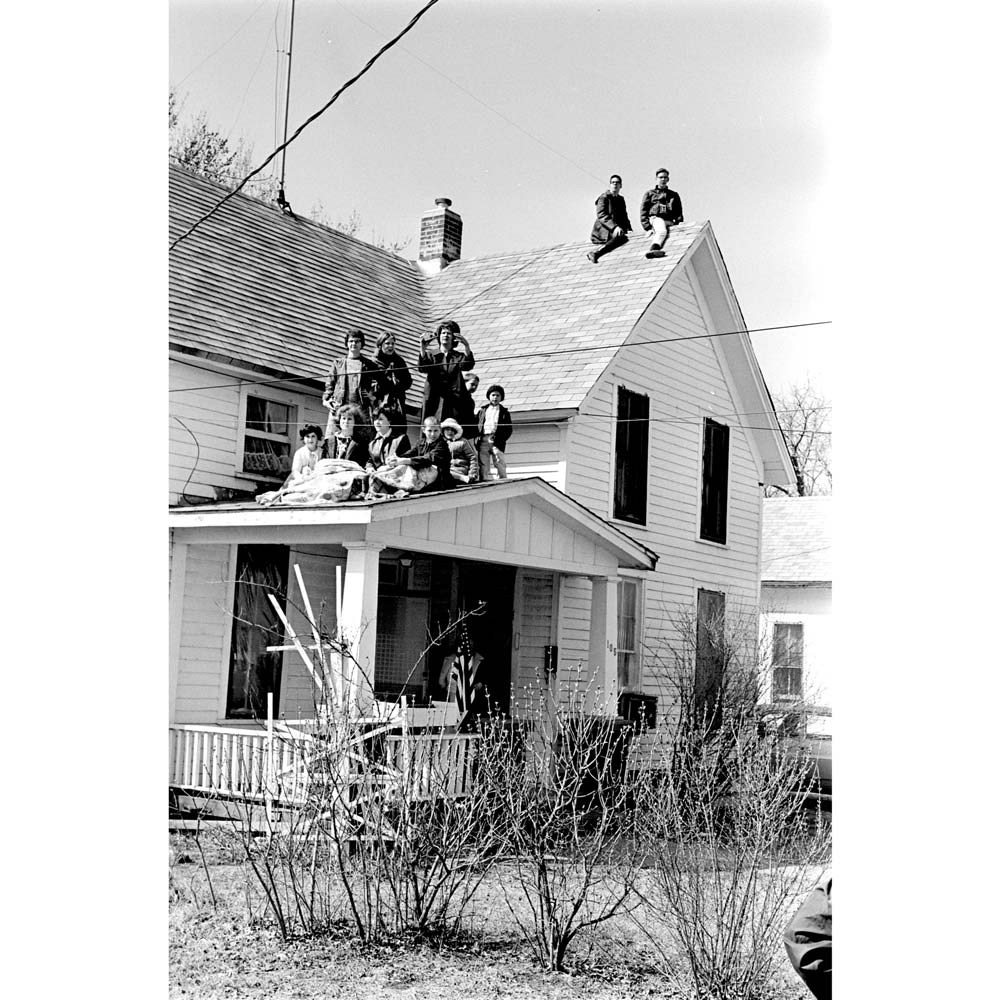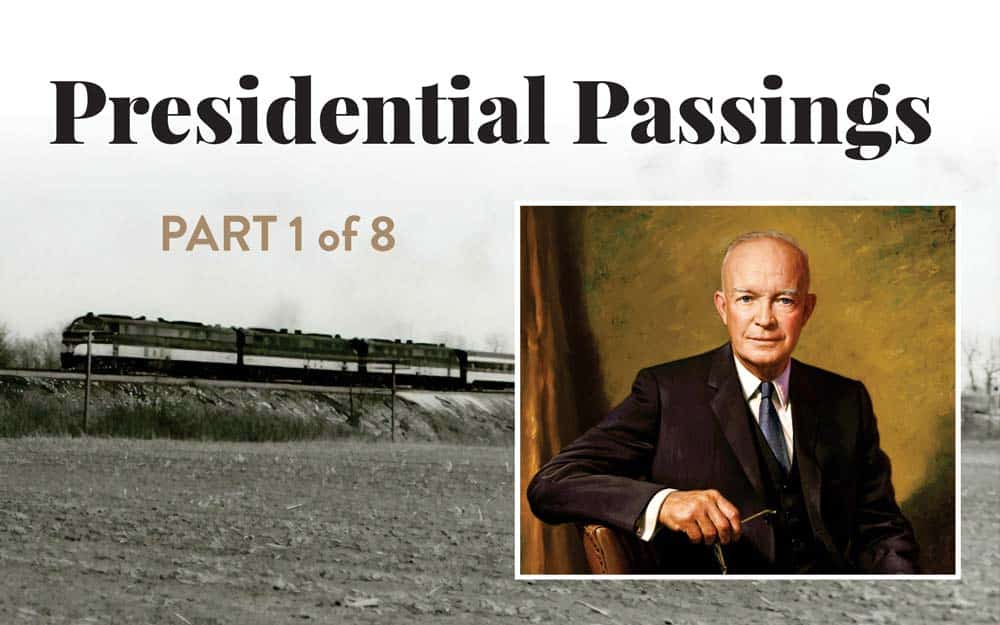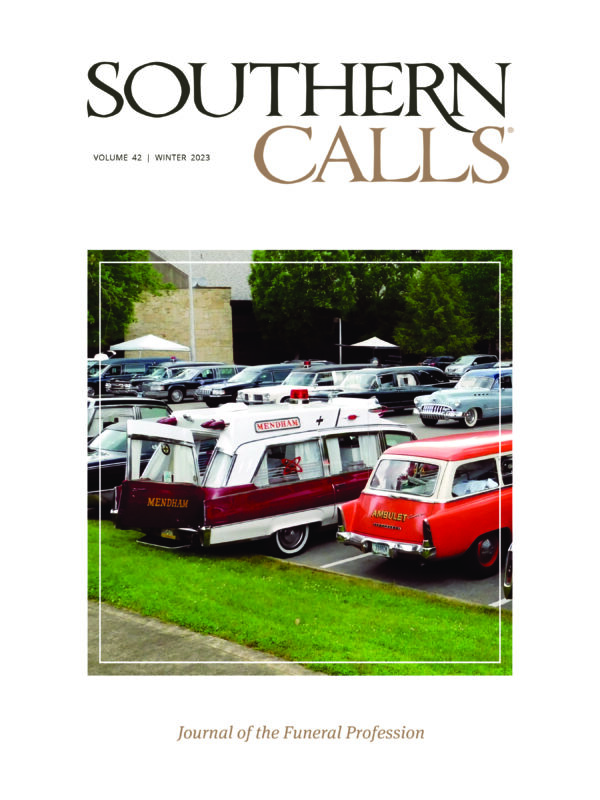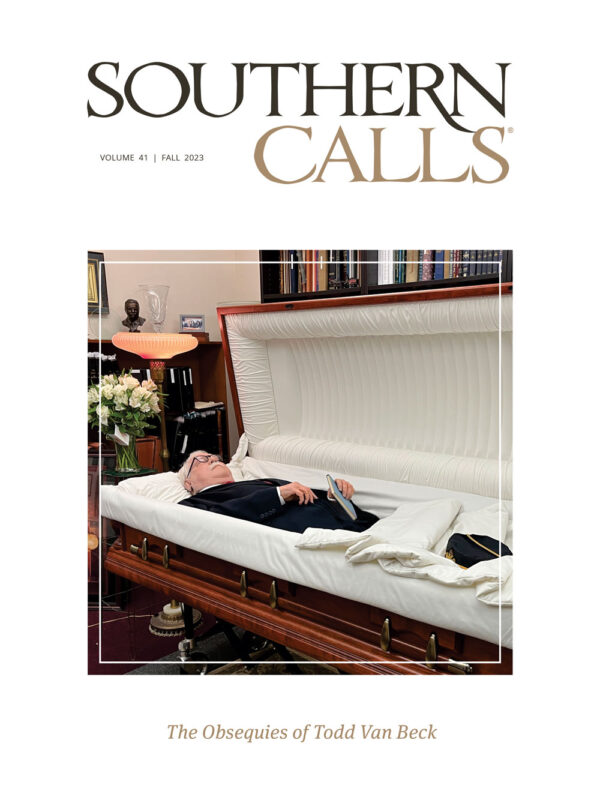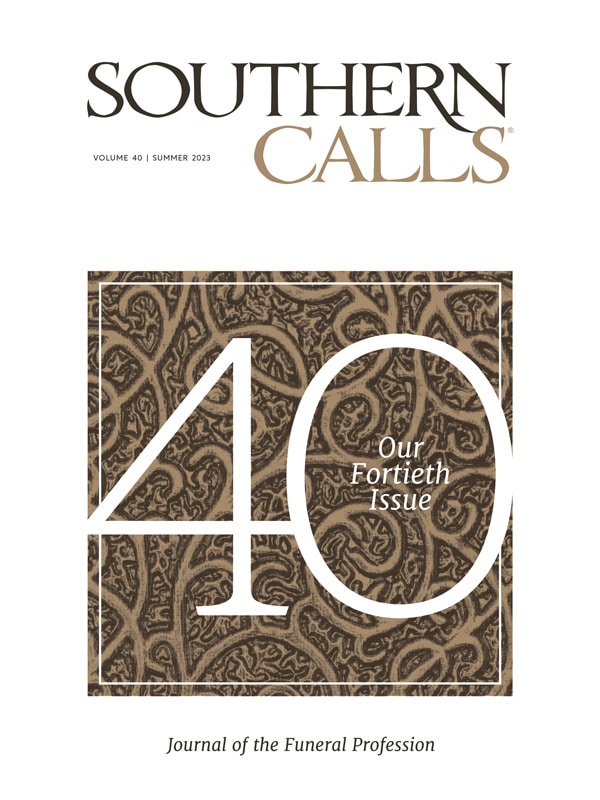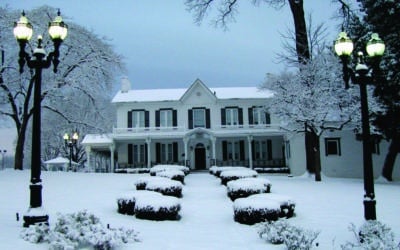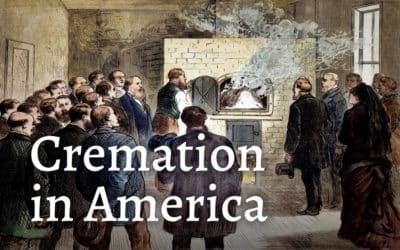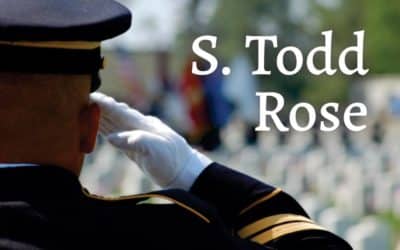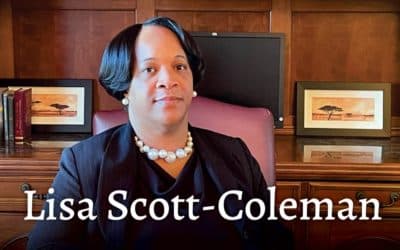The Solemn Journey to Abilene
A Look Back at the Eisenhower Funeral Train
By Bob Boetticher, Sr.
Chairman, National Museum of Funeral History
The first of an 8-Part Series focused on the History of Presidential Funeral Trains
On March 28, 1969, the world learned that the 34th president of the United States and former general of the Army, Dwight D. Eisenhower, had died at 12:25 p.m. in our nation’s capital of congestive heart failure. The 78-year-old Eisenhower took his last breath holding the hand of Mamie, his wife of 53 years.
As the nation mourned, President Richard M. Nixon immediately ordered flags on all government buildings lowered to half staff for 30 days. The responsibility for conducting the planned state funeral ceremonies fell to the commanding general of the Military District of Washington, Maj. Gen. Charles S. O’Malley Jr.
The president’s body was transported from Walter Reed Army Medical Center to Joseph Gawler’s Sons Funeral Home on Wisconsin Avenue, under the watchful eyes of President Jack Gawler and General Manager for Funeral Preparation Joe Hagan.
The president had requested a simple, silver, $80, GI-issued casket with eggshell interior, along with a glass liner that cost an additional $115.
On March 29, the flag-draped casket arrived at Bethlehem Chapel at Washington National Cathedral for a short family service and 26 hours of repose.
Over the next several days, the president’s casket was taken by caisson to the Capitol Rotunda for the state funeral ceremony and public lying in state. The following day, the casket returned by hearse to the Washington National Cathedral for a Episcopal funeral service attended by 2,107 guests. At the conclusion of the service, the casket was carried to the hearse for the short trip to Union Station near the Capitol.
Waiting at Union Station on track 16 was the Chesapeake & Ohio, the seventh presidential funeral train in U.S. history, to take Ike back to his childhood home in Abilene, Kansas. Planning for the funeral train had started five years earlier under the direction of Sidney Cox, chief transportation officer for the Military District of Washington.
The Baltimore & Ohio three-unit diesel locomotive No. 1457 pulled two crew cars, a business car, a car for the military ceremonial troops, dining and lounge cars and three cars for the Eisenhower family and friends. Mamie Eisenhower occupied the last car, the Santa Fe, which Eisenhower used frequently when he was the president. She had a fear of flying, and, under other circumstances, preferred to travel by automobile.
The president requested that his casket be placed in a simple baggage car with no outside ornamentation – he wanted the same treatment other GIs would have received. The C & O baggage car No. 314 was built in 1929 by the Pullman Company; the car was taken out of service weeks prior to the president’s demise to be renovated and receive the new streamline paint scheme of yellow, blue and silver.
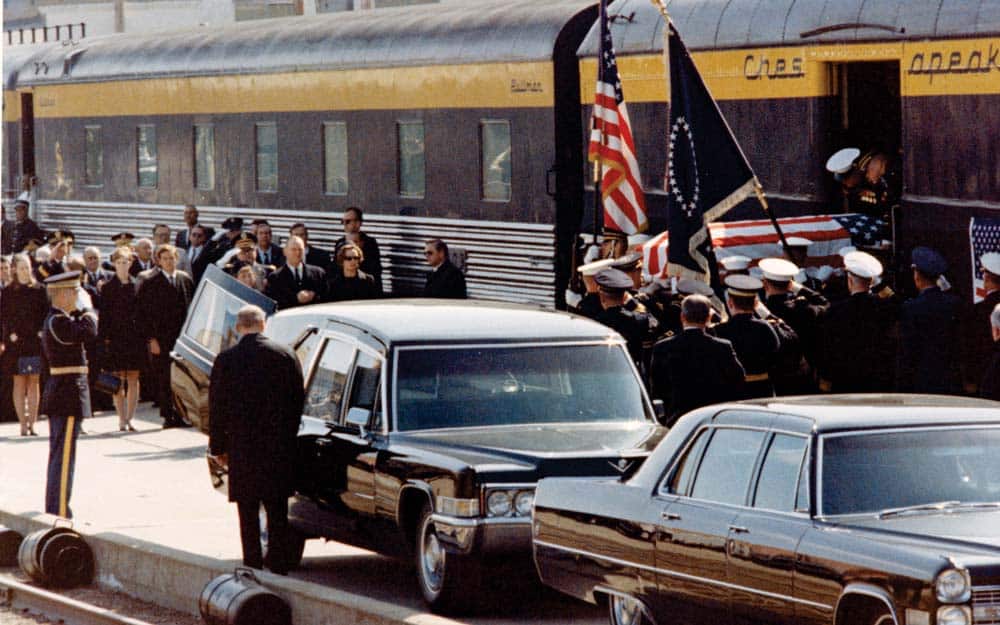
The funeral cortege arrived at the east entrance of Union Station for the departure ceremony, which consisted of a joint cordon and 21-gun cannon salute. The casket was carried through Union Station and placed in the rail car along with a 13-member honor guard that stayed with the casket until its arrival in Kansas.
With the sounding of the horn, the funeral train slowly pulled out of Union Station on March 31 at 6:40 p.m. for the 1,600-mile trip to Kansas. The family had requested no ceremonies along the way and that the train’s route be kept secret to try to prevent any accidents similar to those that took place when large crowds of people stood along the route to see the funeral train of Sen. Bobby Kennedy the year before.
However, word got out on the route of the train, and thousands of people started gathering to get a glimpse of the funeral train passing by.
The Eisenhower train traveled through Virginia, West Virginia, Kentucky, Ohio, Indiana, Illinois and Missouri, and the governors of each state were notified when it would enter and leave their respective states.
At 9:53 on March 31, the funeral train – its engineer was William G. Downey – pulled into the Chesapeake & Ohio Station in Charlottesville, Virginia, and more than 3,000 people were waiting for hours in freezing temperatures to get a look at it. The scheduled stop was only 10 minutes, and there was a crew change in the central Virginia city.
Many people placed pennies on the track to be flattened by the funeral train as souvenirs.
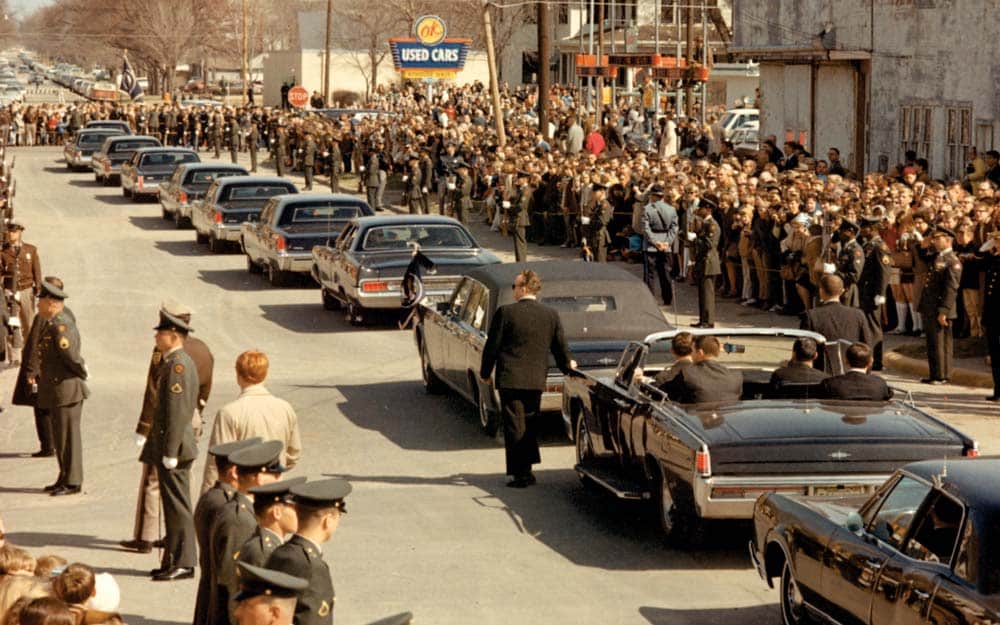
A pilot train consisting of two cars ran ahead of the funeral train to clear the way and warn the people near the track that Eisenhower’s train was approaching.
The train traveled at 50 miles per hour and made scheduled stops in Cincinnati, St. Louis and Kansas City for crew changes and servicing. In Cincinnati, Mrs. Eisenhower changed her mind and requested that the second car behind the three locomotives be draped with black bunting and flags so the people gathering along the route could better identify the president’s funeral car.
Because workers rushed to attach the black bunting to the president’s car, it came loose and blew off after the train left Cincinnati.
St. Louis was the only stop where Mrs. Eisenhower and her grandson David made a public appearance to thank the thousands who said goodbye to her husband.
At 6:45 p.m. on April 2, 1969, after nearly 37 hours, the Eisenhower funeral train pulled onto a siding in the Abilene rail yard. The population of the town had grown from 8,000 to 100,000 overnight.
With the military units in place and the Fort Riley band playing ruffles and flourishes and “Hail to the Chief,” President Eisenhower was carried by military casket bearers off the train and placed in the hearse. A military funeral procession solemnly made its way through the streets of Abilene, Kansas, to his final resting place at his library. The famous baggage car No. 314 was retired in 1971 and now resides at the Baltimore & Ohio Railroad Museum in Baltimore.
